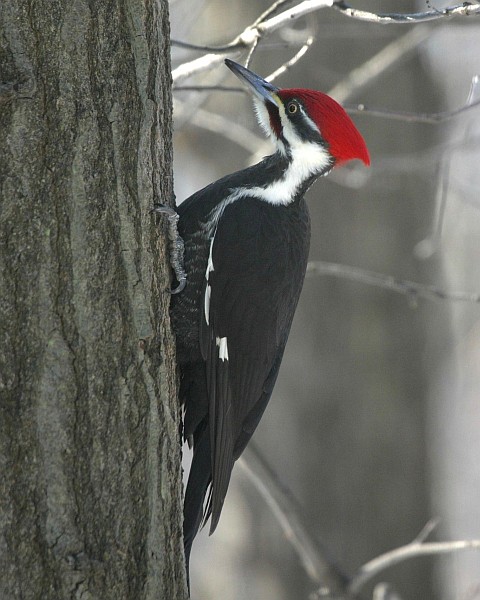
Here is a most unusual flower that hangs like a bell, sometimes in rows.
It has three deep maroon petals, three green sepals, and if you look inside three curled maroon petals surround the pistil. The flowers are small when they first bloom, but grow to two inches long.
This is the flower of the Common Pawpaw tree (Asimina triloba), blooming right now in western Pennsylvania.
Though named “common,” pawpaw is an uncommon understory tree that grows in hardwood forests and bottomlands. I found pawpaw trees blooming last weekend in Schenley Park and at Enlow Fork.
Some people prize pawpaw for its 4-inch long lumpy fruit that has the consistency of mangoes and the taste of bananas. I ought to like it, but I’m not fond those two tropical fruits. If you try it, don’t eat the seeds (see the link above).
I was able to identify the flower because Marcy Cunkelman sent me this photo a year ago. When I saw the pawpaw blooming I remembered her picture but not the name of the tree, so I looked it up when I got home. Thanks, Marcy!
(photo by Marcy Cunkelman)

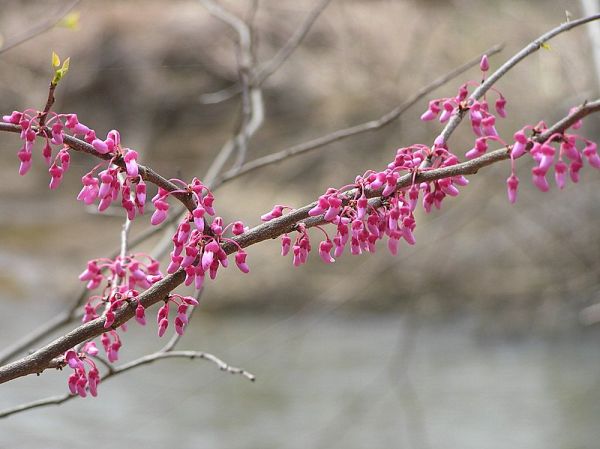
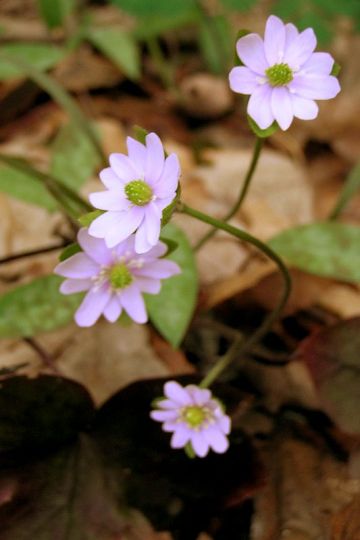
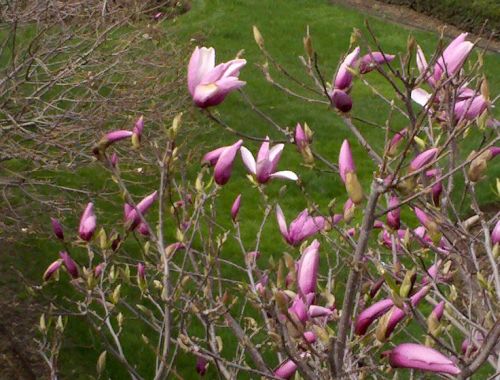


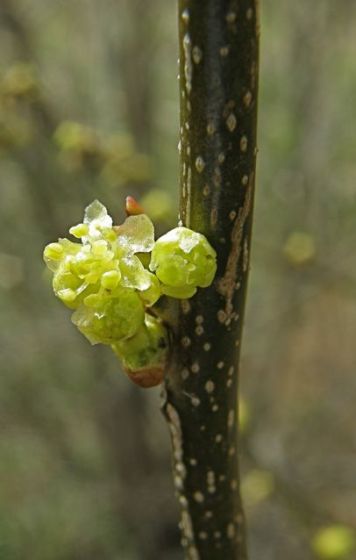 Here’s a flower that’s one of the first signs of spring in Pennsylvania’s woods and it’s blooming right now.
Here’s a flower that’s one of the first signs of spring in Pennsylvania’s woods and it’s blooming right now.